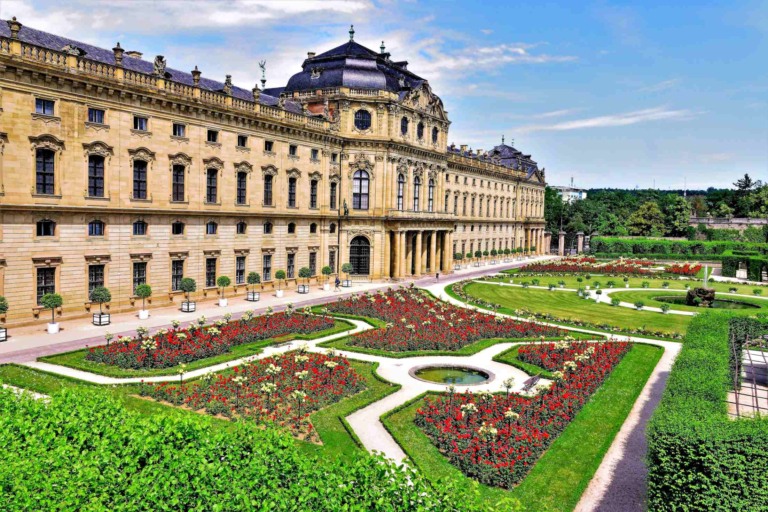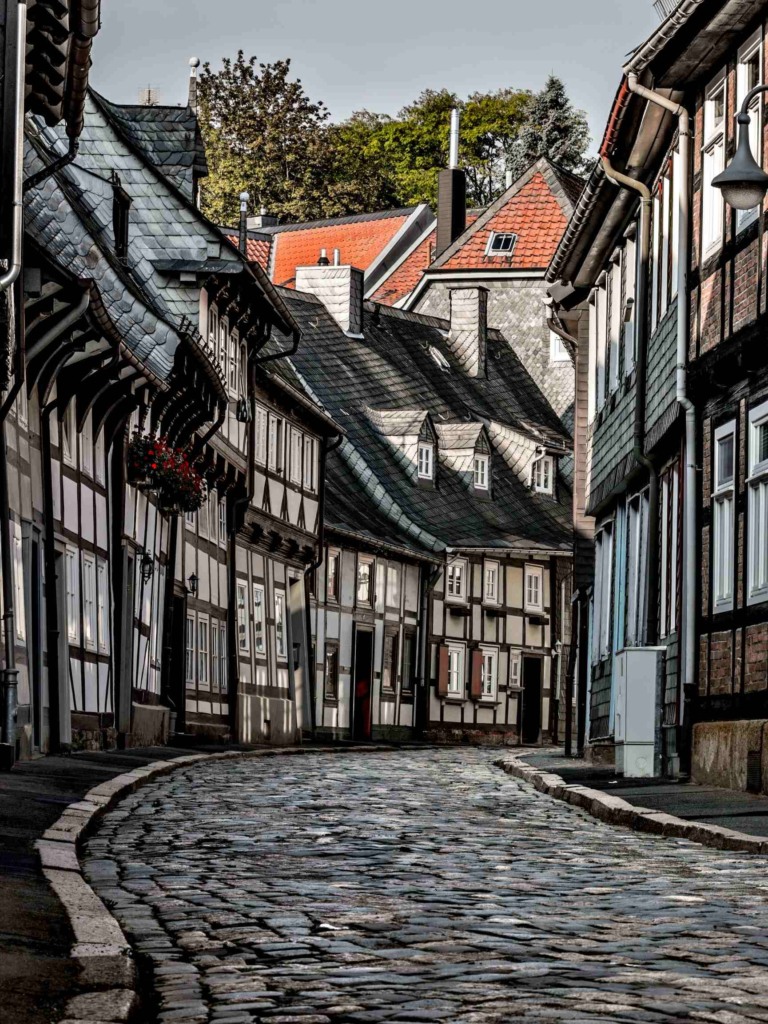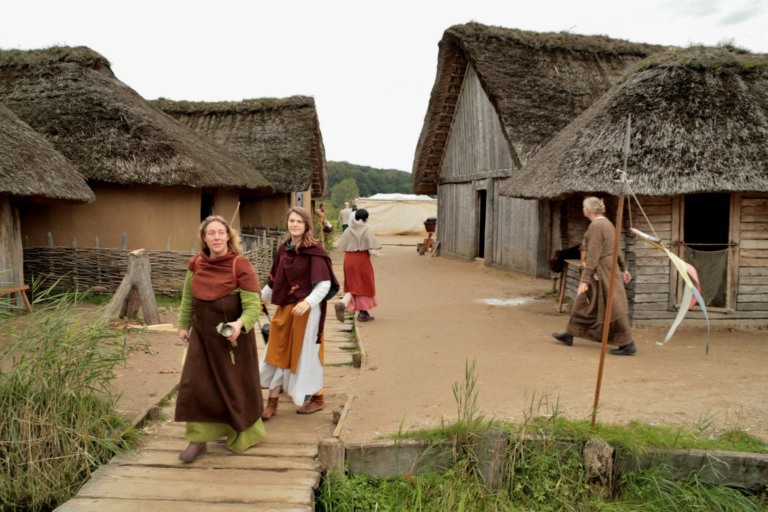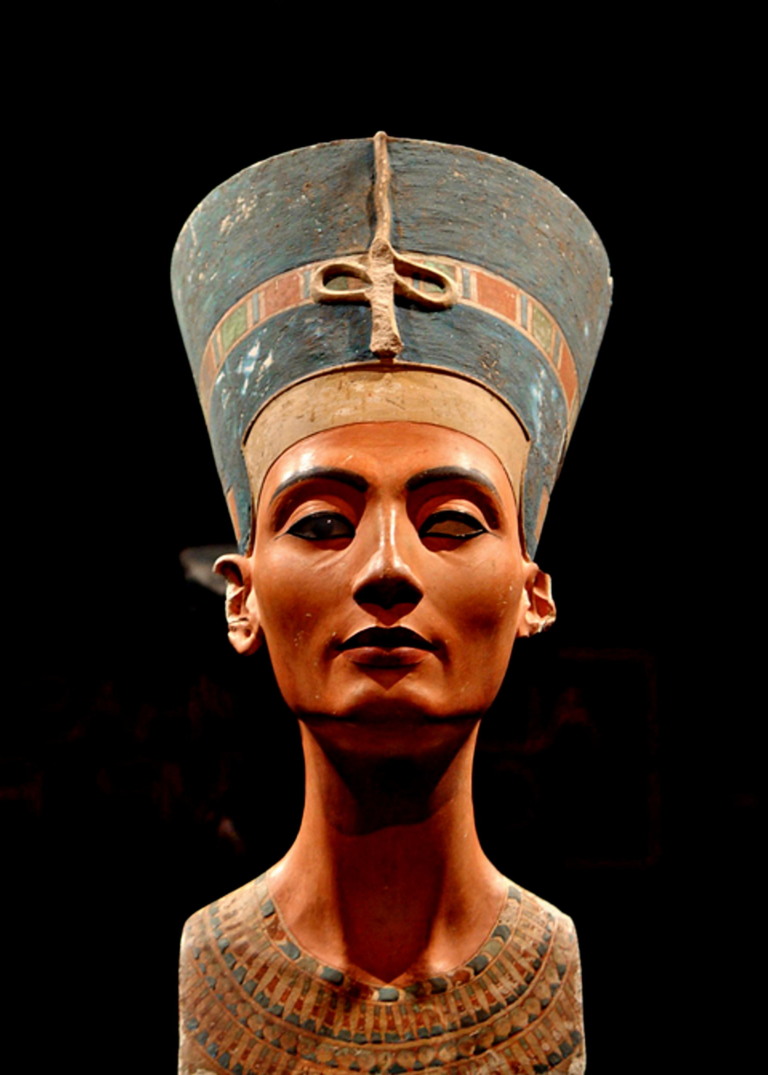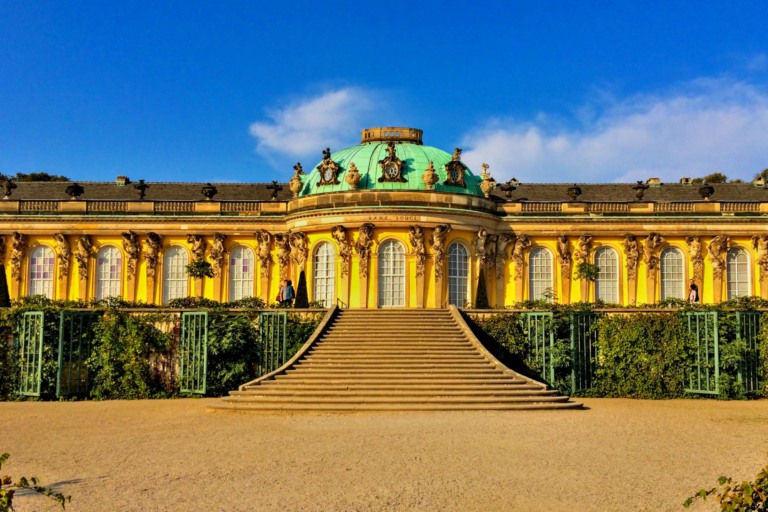Classical Weimar was a small German town in Thuringia at the end of the 18th century and the beginning of the 19th century. It was a time of great cultural growth, attracting many artists and scholars, including Goethe (1749–1832) and Schiller (1759–1855). The good quality of many buildings and parks in the area shows how this change has affected the area. Klassisches Weimar, also called “Classical Weimar,” is an area in and around the city of Weimar that was named a UNESCO World Heritage Site in 1998.
Classical Weimar
All of the buildings show how important Weimar was as a cultural center of the Enlightenment in the late 18th and early 19th centuries. Between 1772 and 1805, many famous writers and thinkers, such as Johann Wolfgang von Goethe, Johann Gottfried Herder, Friedrich Schiller, and Christoph Martin Wieland, lived in Weimar. These people started and were a part of the Weimar Classicism movement, and the buildings all over the city show how quickly culture changed during the Classical Weimar era.
UNESCO says there are twelve different groups of houses that make up the World Heritage properties. (1) Goethe’s House and Goethe´s Garden and Garden House; (2) Schiller’s House; (3) Herder Church; (4) Herder House and Old High School; (5) Residence Castle and Ensemble Bastille; (6) Dowager’s Palace (Wittumspalais); (7) Duchess Anna Amalia Library; (8) Park on the Ilm with the Roman House; (9) Belvedere Castle and Park with Orangery; (10) Ettersburg Castle and Park; (11) Tiefurt Castle and Park; and (12) Historic Cemetery with Princes´ Tomb.
Even though English Wikipedia says that it is made up of 11 places in and around Weimar.
- Goethe’s House, the home of Johann Wolfgang von Goethe, built in the Baroque style between 1707 and 1709, and Goethe´s Garden and Garden House in Park an der Ilm.
- Schiller’s House, also a Baroque-styled house, built in 1777, though incorporating a sixteenth-century outbuilding.
- Herder Church (Church of St Peter and Paul), Herder House and Old High School, all associated with the philosopher, theologian and poet Johann Gottfried Herder (1774–1803).
- Schloss Weimar (Residence Castle) and Bastille ensemble.
- The Dowager’s Palace (Wittumspalais), consisting of a group of two- and three-storey Baroque buildings.
- Duchess Anna Amalia Library
- Park on the Ilm with the Roman House.
- Schloss Belvedere and Orangery a two-storey Baroque palace with a U-shaped orangery.
- Schloss Ettersburg and Park, a four-storey structure consisting of three wings and a courtyard.
- Schloss Tiefurt and Park, a stately home that was the summer residence of duchess Anna Amalia of Brunswick-Wolfenbüttel (1739–1807).
- Historical Cemetery, Weimar and the Princes’ Tomb.
When you go to classical Weimar, what can you expect? When you go to classical Weimar, you can see a lot of different things. In one day, you can see Goethe’s old home, one of the most beautiful libraries in Germany, and the marble rooms of some of the most beautiful palaces in the world.
Is it worth going to Classical Weimar
Weimar is a German city that does not get enough attention. Anyone who likes history, literature, or building even a little bit will find something here. When you go to Weimar, you cannot avoid seeing some of the UNESCO sites. Make sure to stop here if you are anywhere near Weimar. We think that traditional Weimar is worth a trip on its own over the weekend.
But if you are short on time and can only see a few places, we recommend the house of Goethe because of how important he was to writing and, most importantly, the library of Duchess Anna Amalia. This library is one of Germany’s most beautiful. If you like castles, you should go see the beautiful Schloss Belvedere, which is just outside of the city. Weimar Residence Castle would be a top choice if it had not been worked on for a year. Only a few rooms are open to the public because of this.
Things to do in Weimar
How to get around Weimar? Weimar is a great place to go on the weekend if you want to relax in a beautiful small town. You will have a good time if you stay in good places and eat at good restaurants. Weimar also has a lot of other things to do. You might not be able to see everything in a weekend. Public transportation makes it easy to get to Weimar. Weimar is on the route of direct buses from a number of German towns. From anywhere in Germany, you can take a train to Weimar with one or sometimes two transfers.
What happened to classical Weimar
Weimar is in the German federal state of Thuringia, which is in the middle of the country. About an hour away is Leipzig, the next big city. Many of the UNESCO sites are in or near the city center and are close enough to walk between them. Some of the attractions are farther away and are best seen by bike, car, or public transportation.

